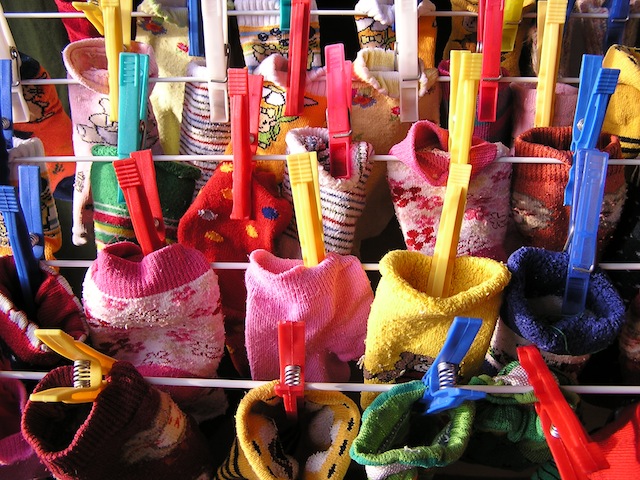“We have an addressable market of four hundred million dollars a year. It’s a huge opportunity and we could win half of it.”
The business manager speaking – who we’ll call John – was talking about the potential market for his company’s small business product that promises to earn around two hundred dollars a year.
How John came to the four hundred million dollar number was simple. He multiplied the two hundred dollars by the two million small businesses in Australia.
John had fallen for the ‘Chinese sock fallacy’ where a simplistic assumption creates the illusion of a huge market. The idea being that there are a billion people in China all of whom will own five pairs of socks so therefore there’s demand for five billion pairs of socks.
The key part of the fallacy is not knowing whether those billion Chinese or two million Aussie small businesses want your socks or cloud computing services.
Other complications include who are the incumbents currently selling to that market, how many pairs of socks do most Chinese people own, how often do they replace them and what do they pay for a new set?
Suddenly things get complex and the assumptions don’t look so promising as we find with John’s projection of his market.
Looking at the figures for Australia’s small business sector with 61 percent of enterprises having no employees, it’s hard not to conclude most are contractors or consultants who mostly don’t need John’s cloud service.
So the Chinese sock fallacy strikes again.

Leave a Reply